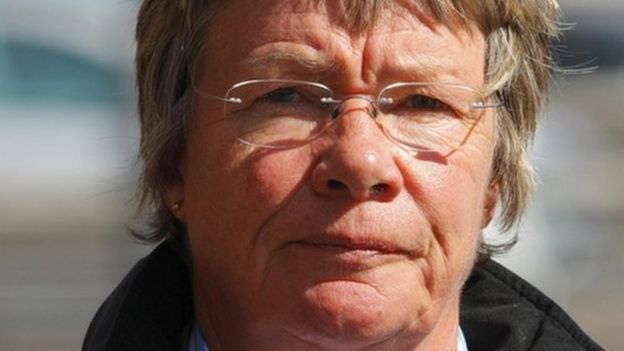Banking&Finance reporter(wp/reuters):::
Standard Chartered PLC unveiled plans for an up to $1 billion (£773 million) share buyback, its first such in at least 20 years as quarterly profit rose 10 percent, signalling progress in its turnaround strategy.
The bank’s shares rose 4 percent on Tuesday against a 0.5 percent decline in the STOXX European banks index, as its long-suffering investors interpreted the buyback as a statement of confidence about its prospects of growing returns.
“They are good results, and about time too, it’s been a long wait,” said Hugh Young, managing director for Asia Pacific at Aberdeen Standard Investments, StanChart’s 15th biggest shareholder.
The share repurchase plan comes after StanChart Chief Executive Bill Winters unveiled in February ambitious plans to double return on tangible equity and dividends in three years by cutting $700 million in costs and boosting income.
Winters won plaudits from investors for his initial three-year plan that began in June 2015 with a focus on revamping the risk culture, slashing costs and purging bad loans that had accumulated in a post-2008 period of over-aggressive growth.
But the CEO then faced a tougher task, as StanChart battled to boost revenue at a time when slowing economic growth in core Asian markets, volatile commodities markets and the impact of the U.S. fines hammered profits.
The bank’s London shares have fallen 42 percent since the former JPMorgan banker took over as CEO.
StanChart said on Tuesday in its quarterly earnings filing that it had received regulatory approval to start buying back shares worth up to $1 billion.
“Hopefully the message is pretty clear — we are back on returning capital, something we have not done for 15 or 20 years which is good,” Chief Financial Officer Andy Halford told reporters.
Pretax profit for StanChart, which focuses on Asia, Africa and the Middle East, grew to $1.38 billion in the January-March period from $1.26 billion a year ago, the London-headquartered bank said.
StanChart announced this month a $1 billion settlement with the United States to bring to a close a long-running probe into whether the bank continued to violate sanctions after 2007, when it said it would no longer do business with Iran.
In addition to the $900 million provision the bank made in 2018, it took a “further and final charge” of $186 million in the first quarter, StanChart said.
The bank said its core capital ratio, a key measure of financial strength, fell by 30 basis points from end-December to 13.9 percent, with the cost related to resolution of the alleged sanctions violation shaving off 7 basis points.
The share buyback programme, which the bank said would start imminently, is likely to reduce its capital ratio in the second quarter by roughly 35 basis points, it said.
ENCOURAGING
Stanchart saw its underlying return on tangible equity (ROTE) hit 9.6 percent for the quarter, close to the 10 percent full year target it has said it will reach by 2021, but cautioned its overall 2019 return would be lower due to a tax hit in the final quarter.
“Full-year ROTE has typically been about 60 to 70 percent of Q1 so that’s a proxy you should have in your mind,” Halford said.
The bank’s performance in the January-March period was boosted by strong results in its financial markets businesses, with foreign exchange and interest rates trading revenues both up 20 percent from the same period a year ago.
The performance was especially notable in a quarter where most U.S. and European investment banks’ trading arms have suffered badly, hit by lower market volatility which cut commissions from clients’ trading.

